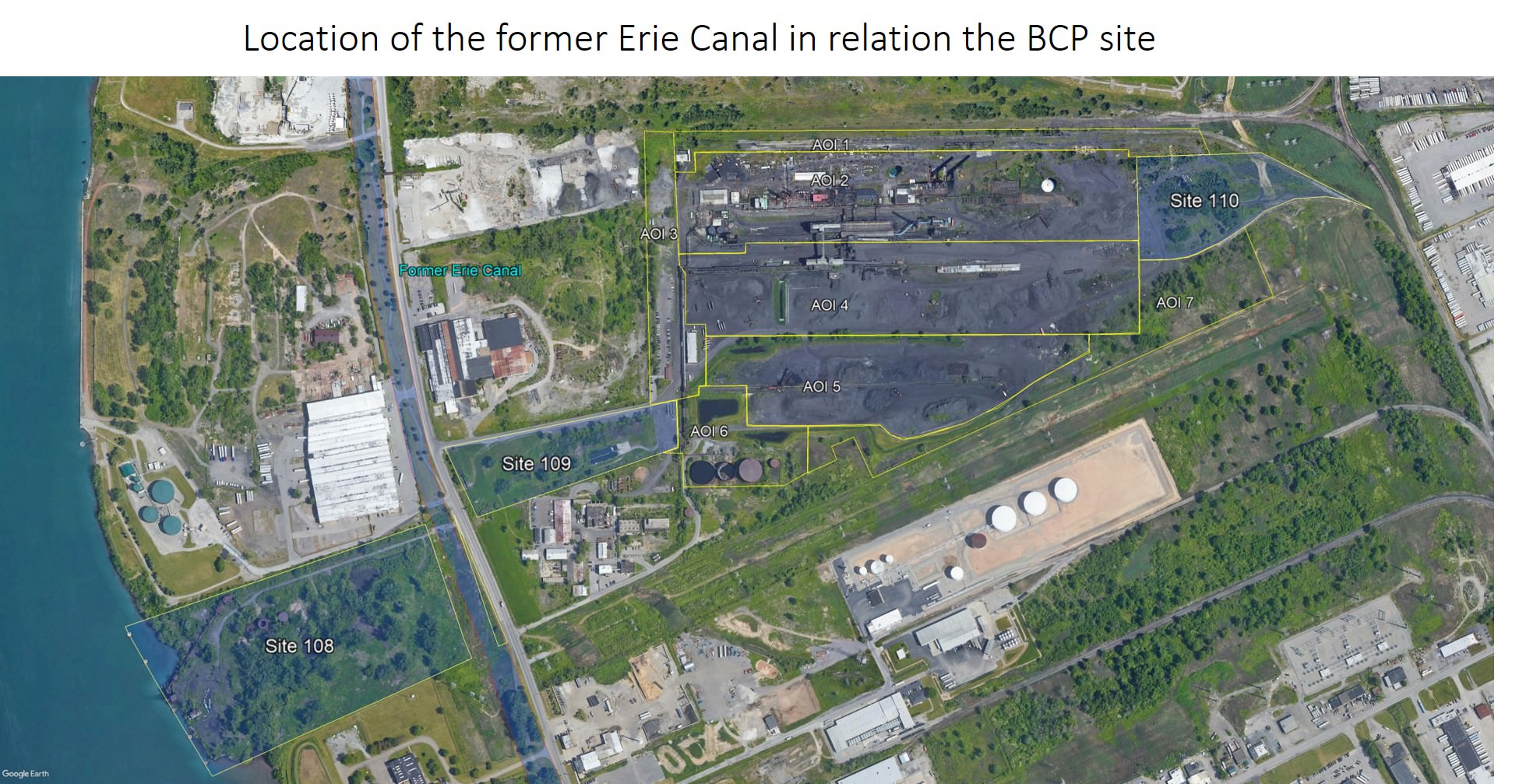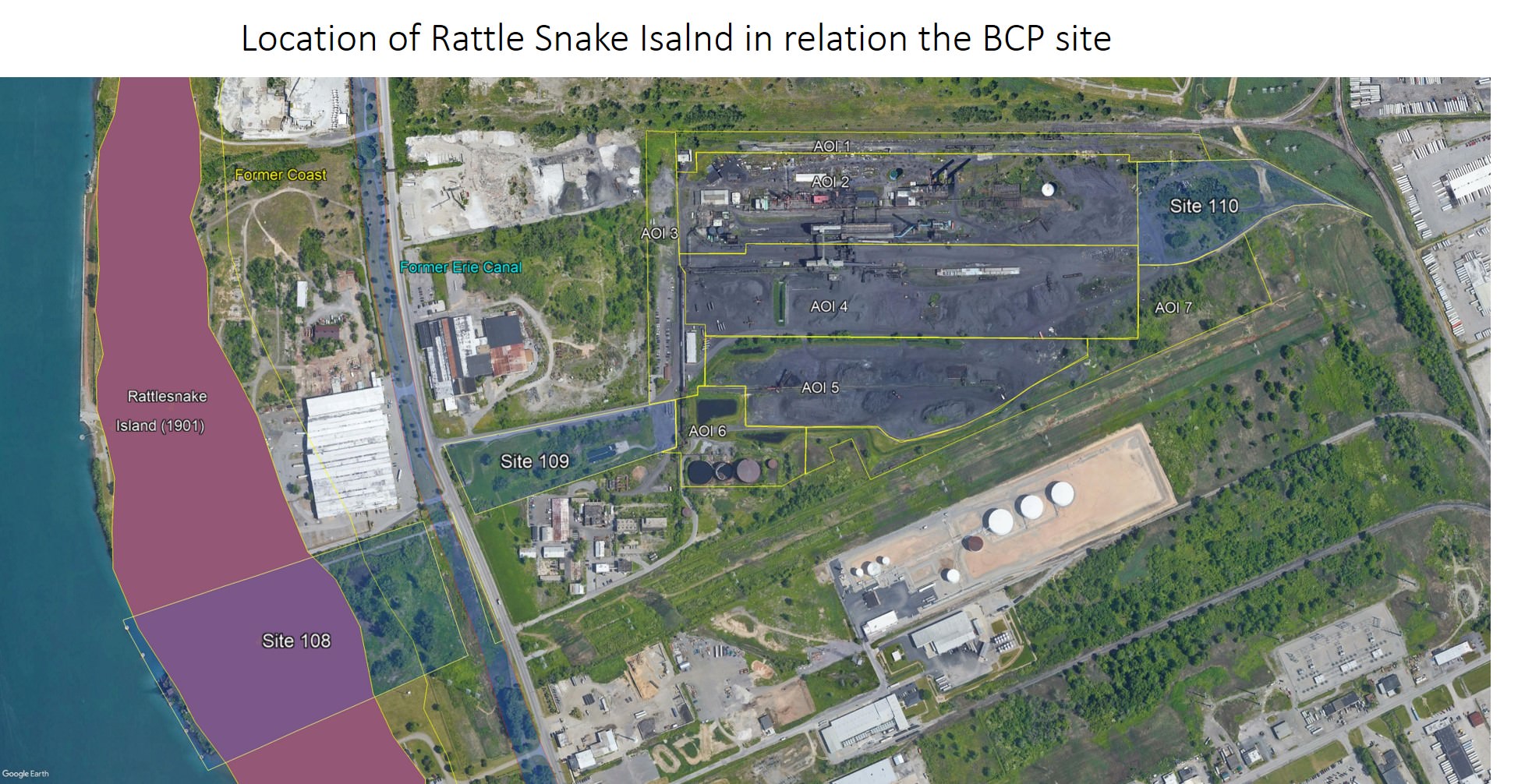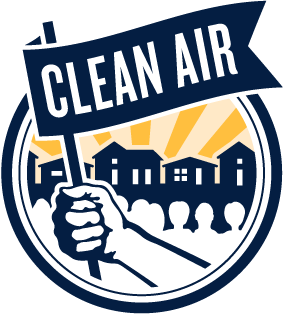Changes to Landscape
- Overview
- Changes to Landscape
- Historical Industrial Use
- Areas of Interest
- Environmental Concerns
- Remediation Efforts

A section of the Erie canal was present on the site from at least 1917 to around 1927. Coal barges would bring coal to the plant and would also receive finished coke for shipment. The water used in the coke manufacturing process most likely came from the canal via the northern water line. The canal was filled in with construction debris and slag. This makes the filled channel a potential conduit for increased ground water flow. This higher flow could transport contaminates to the river.

Based on information from a 1901 topographic map of the region, we found that Rattlesnake Island separated the mainland from the river. It is currently unknown if this was a naturally formed island. The channel that separated the island from the main land was filled in during the early 1900’s by workers at the Roblin steel plant. They used iron slag, a porous metallic waste product of iron production, to fill in this channel. A concern is that the channel, like the former section of Erie canal, will more easily transport contaminated groundwater from Superfund site 108, north to the river.
